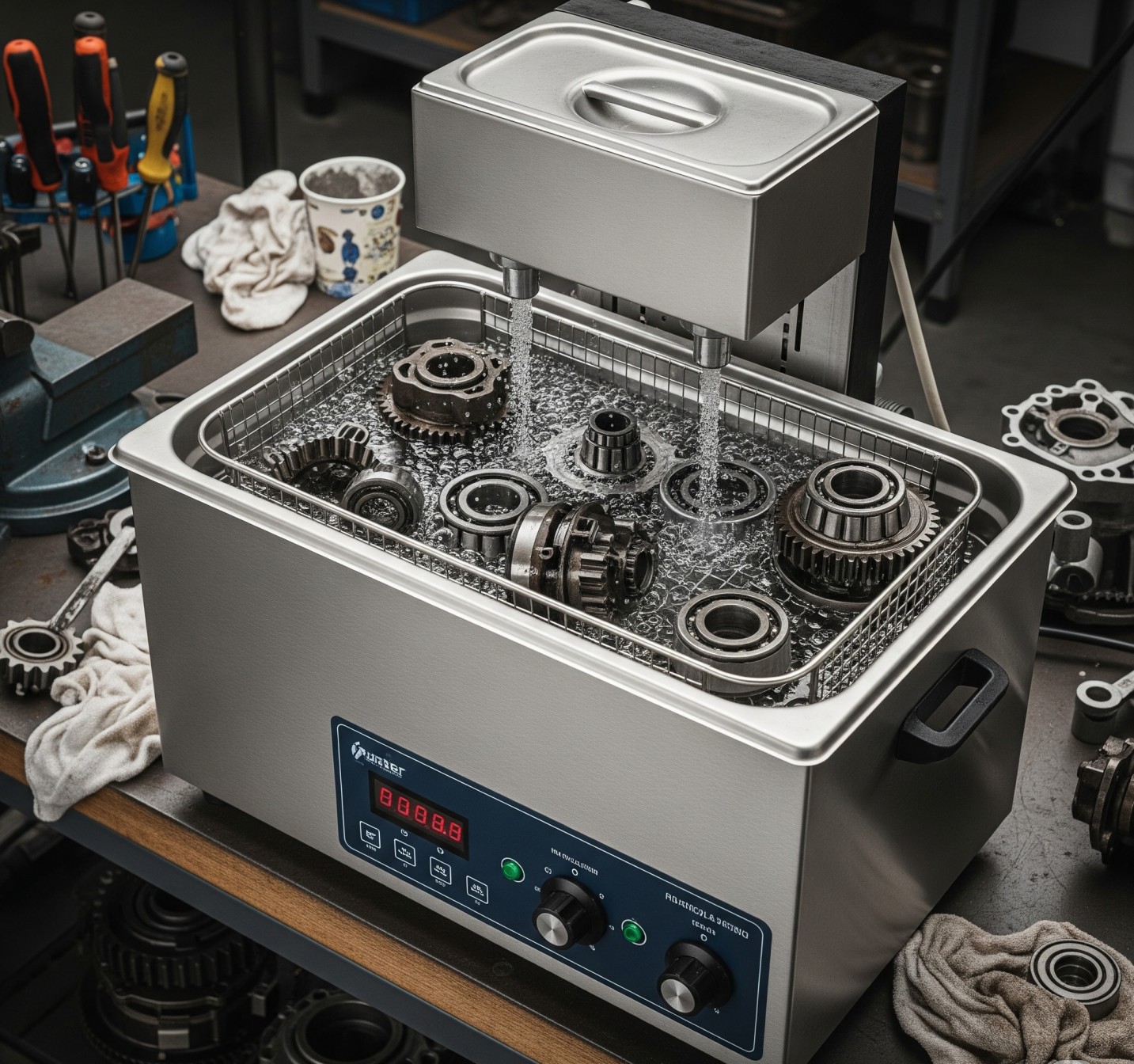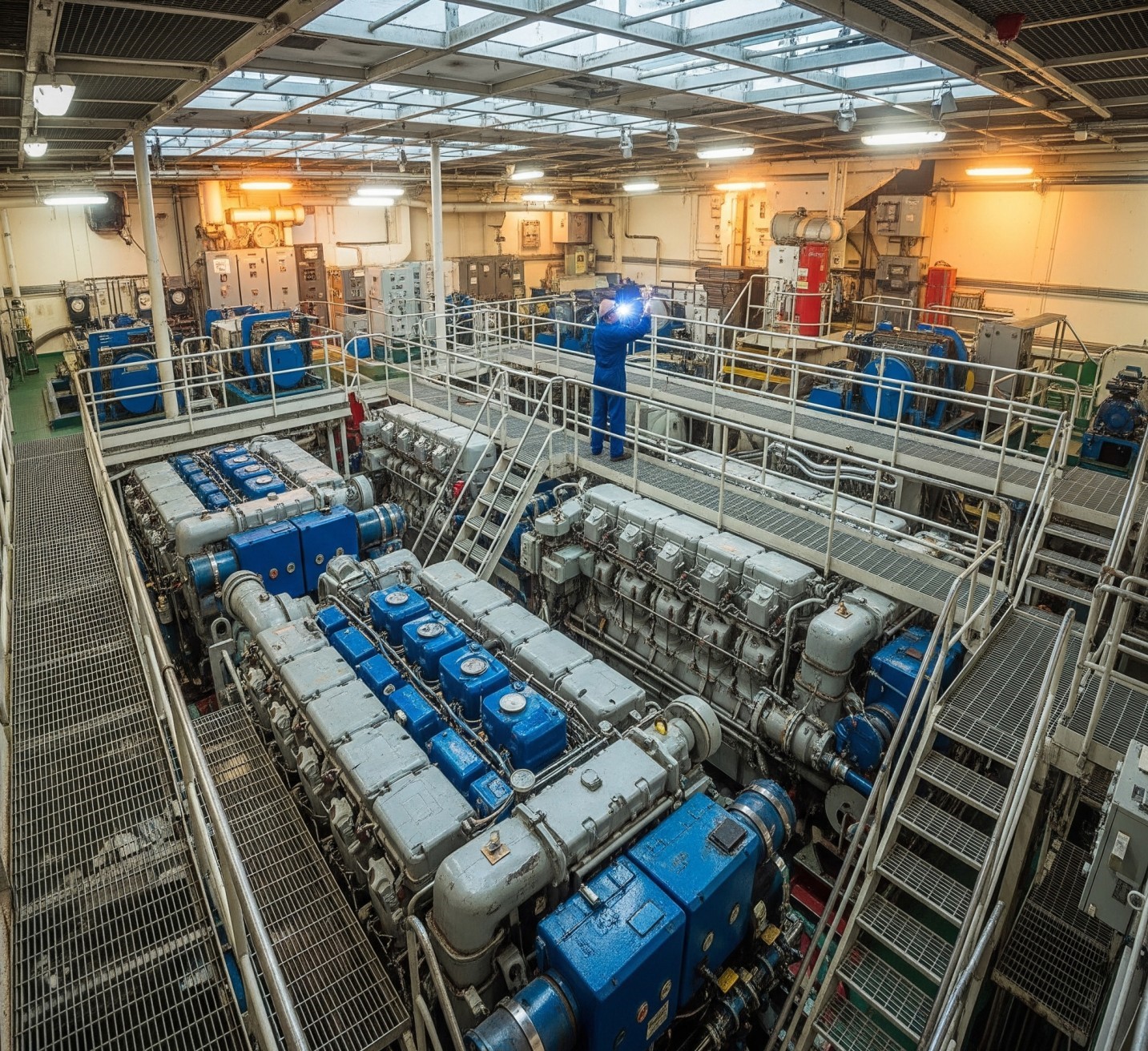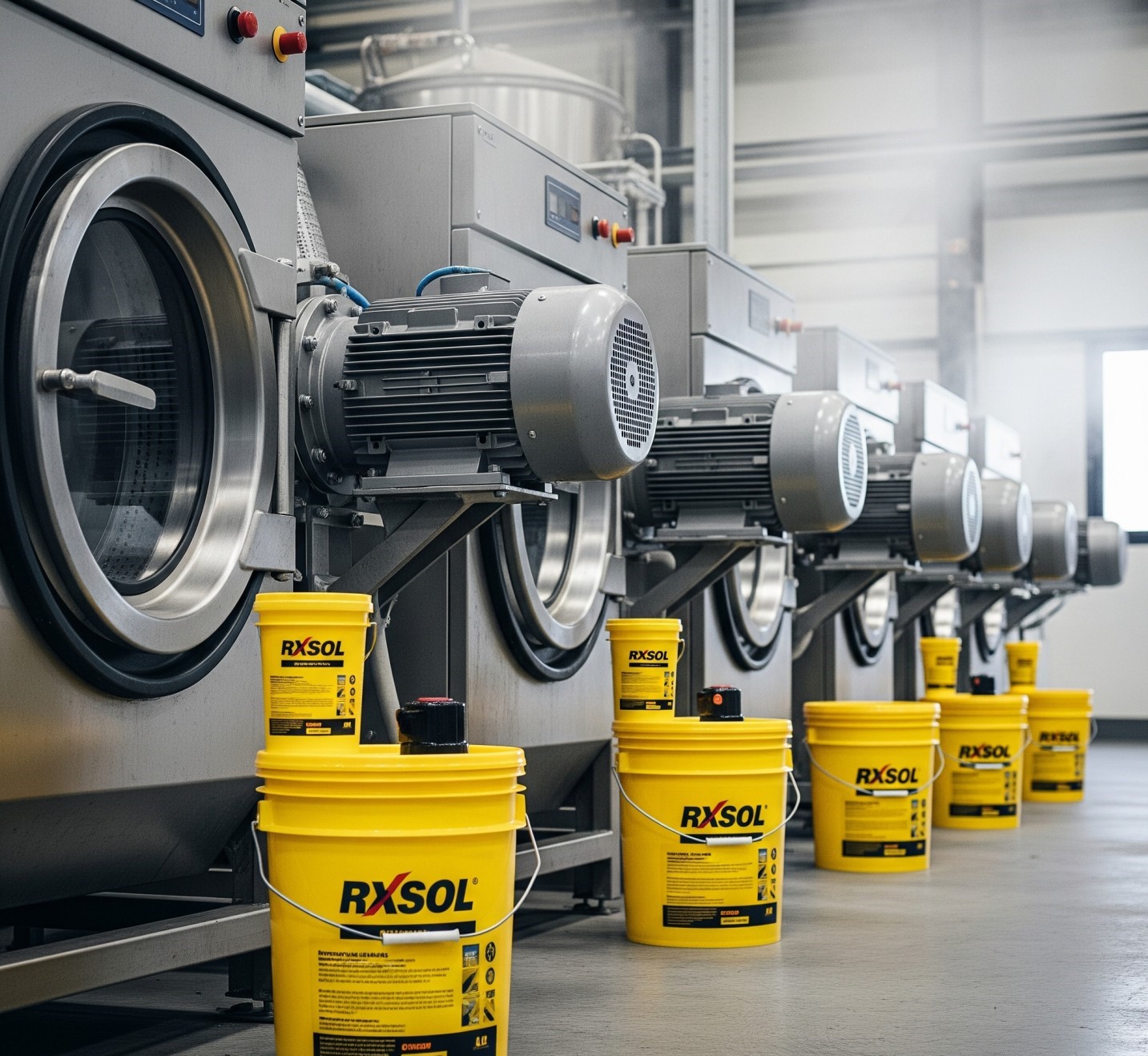Methanoic Acid, HCOOH, CH2O2, FORMIC ACID 5 kg PACK
Formic Acid exporter and supplier. Formic Acid also used as preservative and Anti bacterial agent and also used in during the process of textile and leather.
#FORMICacid_Sharjah
#formicACID_oman
#formicacid_supplier
#formicACID_nairobiKENYAafrica
| PRODUCT NAME | : | FORMICACID |
| CAS number | : | 64-18-6 |
| UN number | : | 1779 |
| Formula | : | HCOOH |
| Odour | : | PENETRATING |
| Solubility in water | : | COMPLETE |
| Density | : | 1.22 at 20 oC |
| Boiling point | : | 101oC |
| Melting point | : | 8 oC |
| Viscosity | : | 1.80 cp at 20oC |
| Flashpoint | : | 42oC |
| Explosive limits | : | 10 – 45.5 Vol% |
| Vapour pressure | : | 42 mbar at 20oC |
| Skin absorption/irritation | : | YES |
| TLV Country NL Year 1995 | : | 5 ppm 9 mg/m3 |
| Pollution category 1994 | : |
D |
Use as a coagulant in the production of rubber.
Formic acid is also used in place of mineral acids for various cleaning products such as limescale remover and toilet bowl cleaner.
In the past, urea was the preferred deicing agent for airport runways. Because urea has a high impact on the environment, potassium acetate and potassium formate soon replaced urea. In fact, potassium formate is gradually replacing potassium acetate because it is even more efficient and eco-friendly.




